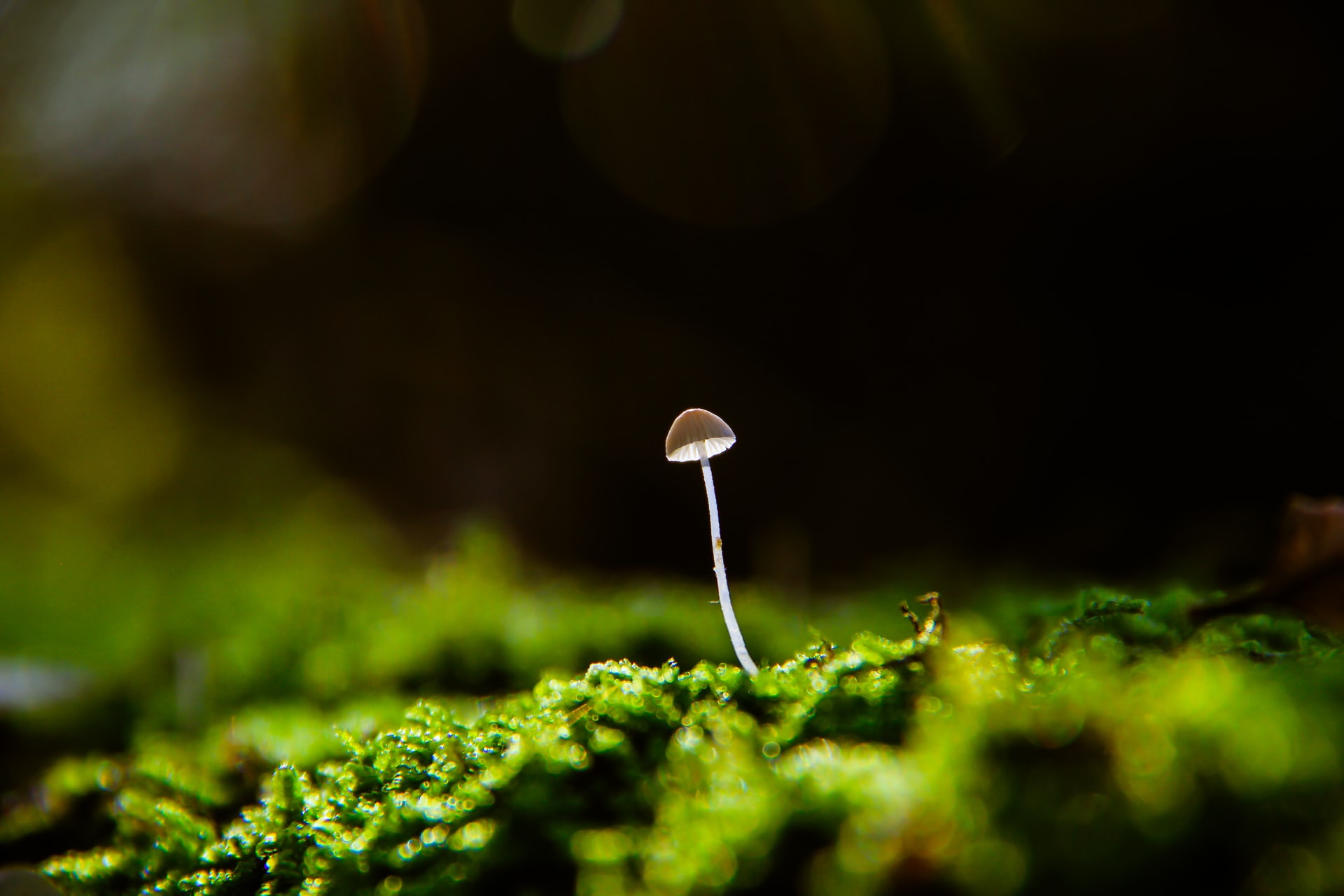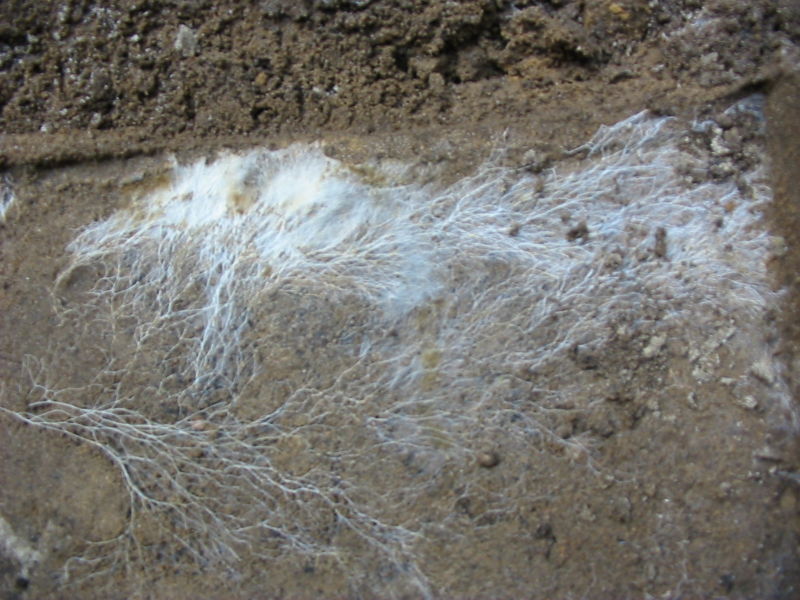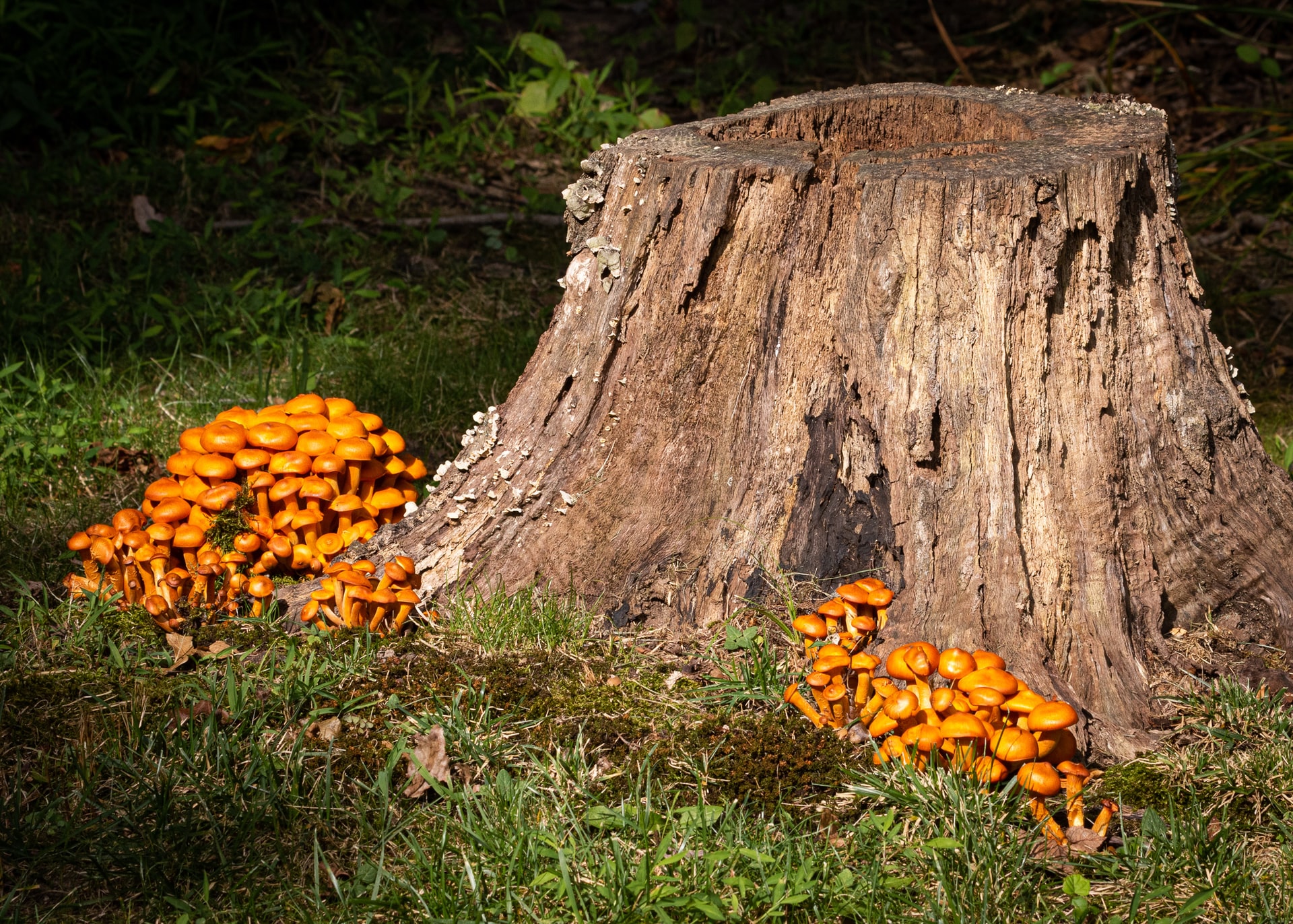
- Sustainable Planet -
- 2mins -
- 3,191 views
Who says trees can’t talk? Trees communicate with each other on the “Wood Wide Web”
Discover how trees “talk” to each other by forming underground symbiotic relationships with fungi to relay stress signals and share resources with one another.
How trees secretly talk to each other
When you walk through the forest, do you ever think about what is happening beneath your feet? Trees communicate their needs and send each other nutrients via a network of latticed fungi called mycelium, buried in the soil. It’s been dubbed the “wood wide web”, Earth’s natural internet. With the discovery of this wood wide web, Ecologist Suzanne Simard revolutionised the way we think about plants and fungi.

What is the wood wide web?
This connection was first discovered by Suzanne Simard from the Mother Tree Project in her 1997 Ph.D. thesis. Trees release carbohydrates into the ground as they go through photosynthesis, providing the structure below energy. In return, the underground microorganisms connect each plant so that supplements are evenly distributed throughout the area. This discovery coined the ‘wood wide web’, provides key data about all life on our planet.

With the discovery of the woodwide web, Ecologist Suzanne Simard revolutionised the way we think about plants and fungi. All trees all over the world form a symbiotic association with below-ground fungi. The fungi provide the trees with nutrients. In return they receive sugars. But this connection runs far deeper than scientists first thought… Source: Lex vB at Dutch Wikipedia CC BY-SA 3.0
All trees all over the world form a symbiotic association with below-ground fungi
These are fungi that are beneficial to the plants and explore the soil. The fungi send mycelium, a mass of thin threads, through the soil. The mycelium picks up nutrients and water, brings them back to the plant, and exchanges the nutrients and water for a sugar or other substance made by photosynthesis from the plant.
It’s this network that connects one tree root system to another tree root system, so that nutrients and water can exchange between them.
The word “mycorrhiza” describes the mutually-beneficial relationships that plants have in which the fungi colonise the roots of plants. The mycorrhizae connect plants that may be widely separated.

Trees can also share resources with each other . Mother trees use this fungal network to supply their seedlings with sugars. Trees that are dying give their resources back into the network so they might be used by healthy trees. They can also send out a warning if there is an environmental change to warn their neighbours to raise their defences. Source: Unsplash/Frank Dohl

